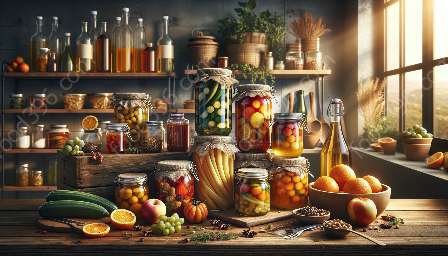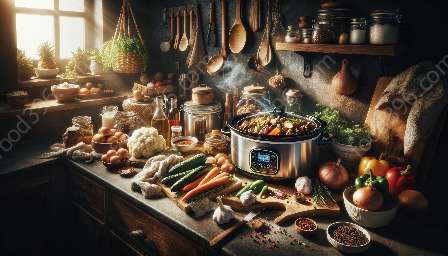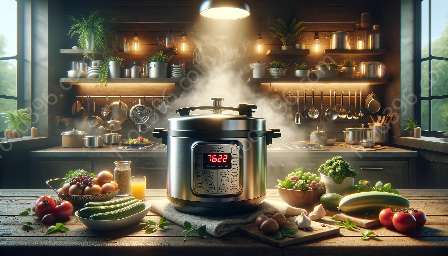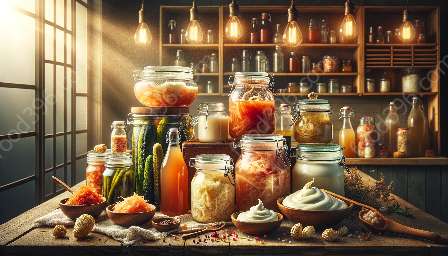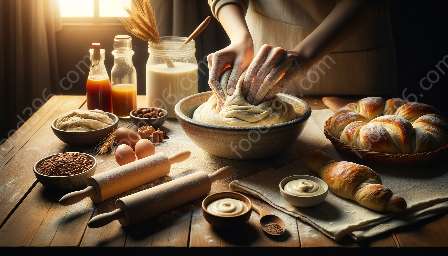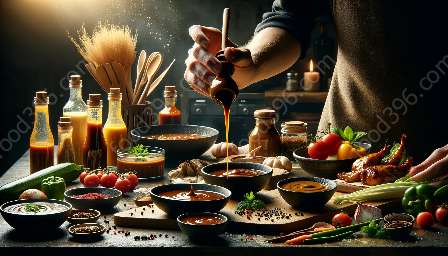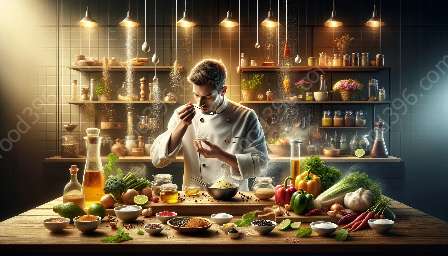When it comes to preserving the flavors of fresh produce and extending their shelf life, canning holds a significant place in the world of food preparation techniques. This comprehensive guide dives into the history, methods, and benefits of canning; exploring its relationship with food & drink.
The History of Canning
Canning has been a method of food preservation for centuries, allowing people to store food for extended periods. The earliest form of canning can be traced back to the late 18th century, where it was embraced as a solution to combat food spoilage, especially during long sea voyages. Nicolas Appert, a French confectioner and chef, is credited with developing the canning process that involved sealing food in airtight containers and heating them to kill bacteria and other microorganisms.
In the mid-19th century, the development of the tin can revolutionized the canning industry, making it possible to preserve a wide variety of foods. This marked the beginning of widespread commercial canning and paved the way for the modern methods of food preservation we use today.
The Process of Canning
Canning preserves food by heating it to a specific temperature to destroy microorganisms that cause spoilage. The process typically involves several key steps:
- Preparation: Fresh produce is cleaned, peeled, and cut into suitable sizes for the canning process. The canning containers are also prepared and sterilized.
- Filling: The prepared food is packed into the sterilized jars or cans, often with added preservatives or brine for flavor and preservation.
- Sealing: The containers are sealed to create an airtight environment, preventing the entry of air and microorganisms.
- Processing: The sealed containers are heated to a specific temperature and maintained for a predetermined time to destroy bacteria, yeast, and molds.
- Cooling and Storage: Once processed, the containers are cooled and stored in a cool, dark place away from sunlight and heat.
Methods of Canning
There are two primary methods of canning: water bath canning and pressure canning.
- Water Bath Canning: This method is suitable for high-acid foods such as fruits, pickles, and jams. The filled jars are submerged in a large pot of boiling water and processed at a specific temperature for a set time.
- Pressure Canning: Used for low-acid foods such as vegetables, meats, and seafood, pressure canning involves using a pressure canner to heat the food to a higher temperature than boiling water can achieve, effectively destroying harmful bacteria and ensuring the safety of the canned food.
The Benefits of Canning
Canning offers numerous benefits, making it a popular choice for preserving food:
- Extended Shelf Life: Canned foods can be stored for long periods, allowing you to enjoy seasonal produce throughout the year.
- Nutritional Retention: The canning process locks in the nutrients of fruits and vegetables, preserving their nutritional value.
- Convenience: Canned foods are ready to eat or require minimal preparation, making them convenient for quick and easy meals.
- Sustainability: Canning helps reduce food waste by preserving excess produce and minimizing the need for additional food preservation methods.
Canning and Food Preparation Techniques
Canning significantly contributes to the realm of food preparation techniques by providing a means to preserve and store food for future use. Whether it's canning homemade jams, pickling vegetables, or preserving seasonal fruits, incorporating canning into food preparation techniques adds versatility and ensures a ready supply of delicious, home-preserved foods.
Canning and Food & Drink
From enhancing the flavors of cocktails with homemade fruit syrups to creating unique pickled accompaniments for charcuterie boards, canning intersects with the world of food and drink in various ways. The preserved fruits, vegetables, and sauces derived from the canning process find their way into cocktails, mocktails, and culinary creations, adding a touch of freshness, flavor, and sustainability to the food & drink industry.
With its rich history, practicality, and undeniable appeal, canning continues to be a cherished tradition that enriches the culinary experience and fosters a deeper connection to the foods we consume.








